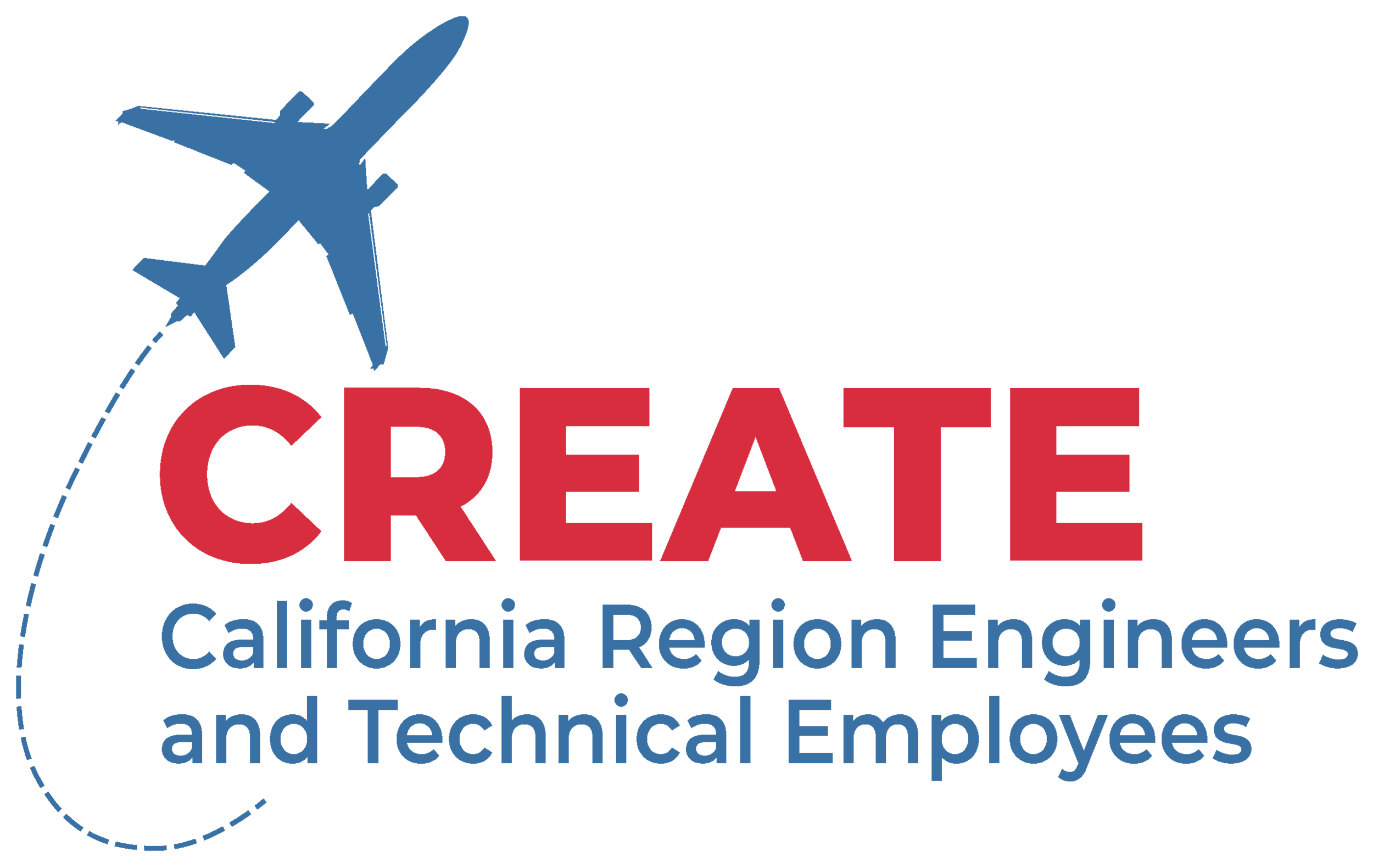Response to offshoring work
Unions initiate benefits for laid-off Boeing employees
In July, the Society of Professional Engineering Employees in Aerospace (SPEEA), IFPTE Local 2001 and the International Association of Machinists (IAM) District 751 successfully secured additional federal benefits for union, non-union and some contract employees at The Boeing Company under the Trade Adjustment Assistance (TAA). See story here.
Professional aerospace employees involved in CREATE filed their own petition. Employees documented a continued and rising rate of Boeing offshoring jobs and work from its Southern California locations to other countries. These countries included India, Russia, Ukraine and the United Kingdom. The Department of Labor agreed, making the employees Boeing is laying off in Southern California eligible for the federal TAA assistance.
Following the unions’ lead, Boeing jumped in and filed blanket petitions for TAA benefits in most states connected to Boeing Commercial Airplanes. The company’s petition sought aid for its employees not covered under the unions’ petition. Ironically, while Boeing petitioned for federal aid to help the employees it is laying off, there is no slow down of offshoring work and jobs that make the federal aid necessary for the U.S. employees losing their jobs.
The U.S. Department of Labor (DOL) Trade Adjustment Assistance (TAA) program, or “Trade Act,” started in 1974 to assist workers laid off due to foreign trade or outsourcing. Impacted by Boeing’s offshoring of U.S. jobs, the unions devote resources to helping workers, including petitioning for the federal TAA benefits.
TAA provides a range of federal benefits, including but not limited to:
Out-of-area job search allowances
Relocation assistance
Training/tuition support
Extended income support
Partial wage replacement for older workers
Health coverage tax credit (HCTC)
Examples of the benefits include: Workers who would otherwise have run out of unemployment insurance but are enrolled in a training program will continue to get weekly benefit payments. And workers over 50 who find a new job at a lower wage can get a cash payment equal to half the difference between the worker’s new wage and previous wage, up to a two-year maximum of $10,000.
Employees who are totally or partially separated from the company will be notified of their eligibility. Each individual worker must apply for the program at the state level to confirm eligibility. Benefits provided are unique to each person’s re-employment needs.
The Seattle Times: Laid-off Boeing workers to get extra federal help due to off-shoring of jobs
We are committed to helping YOU get benefits through this program. Contact us if you want to take advantage of this program or have questions at info@create-speea.org.

